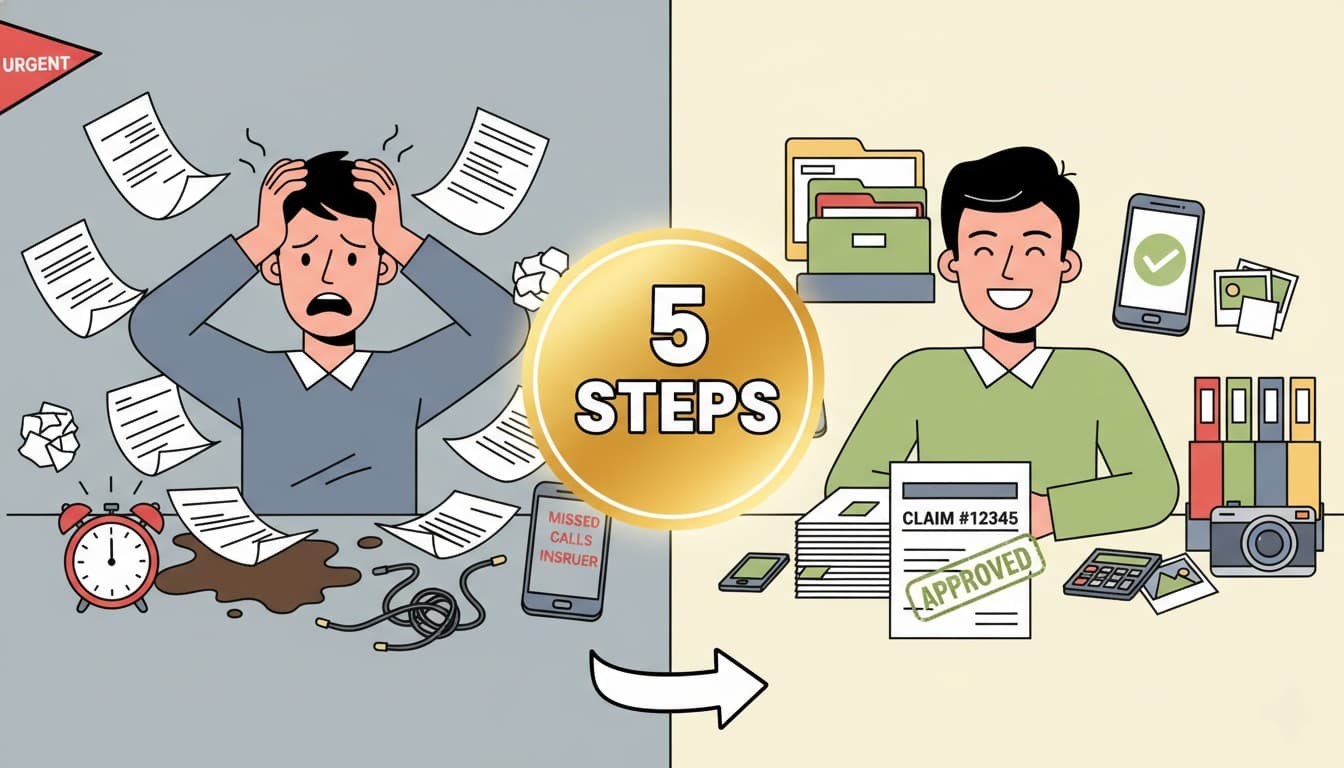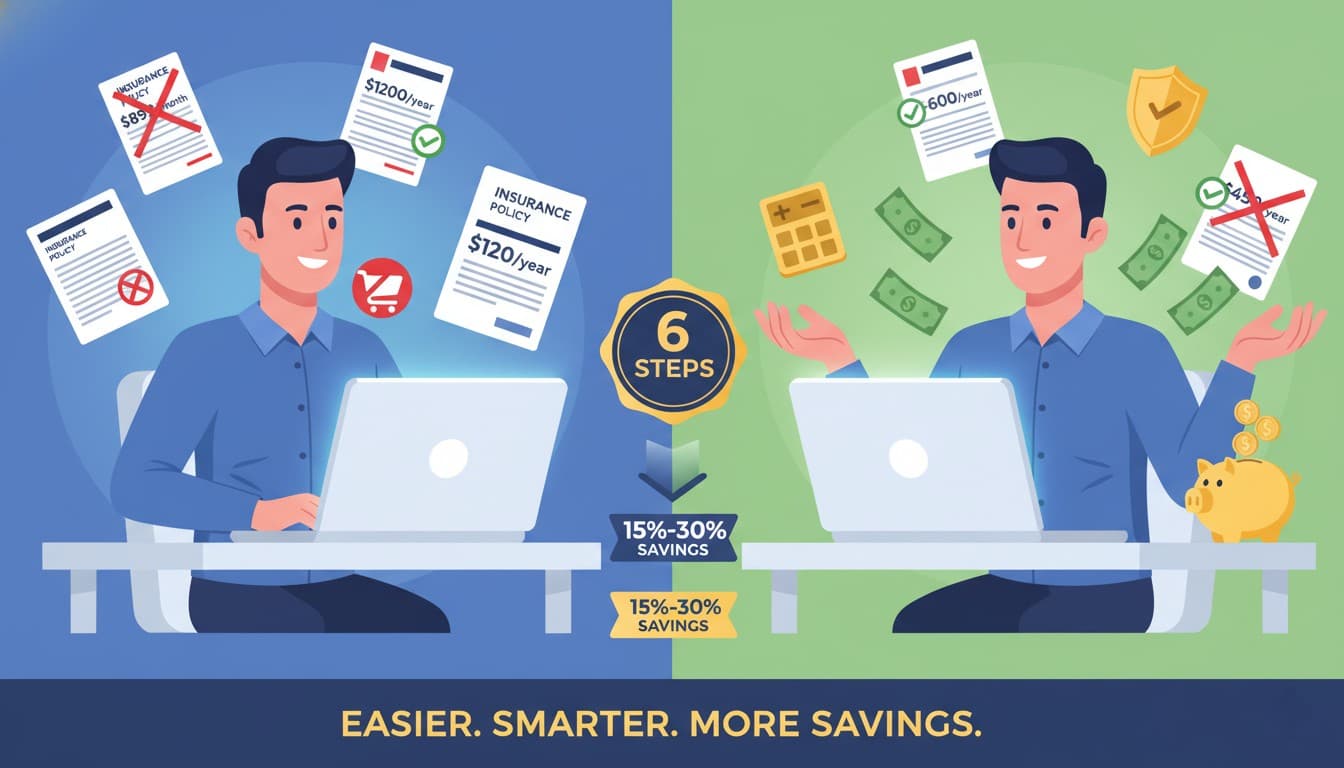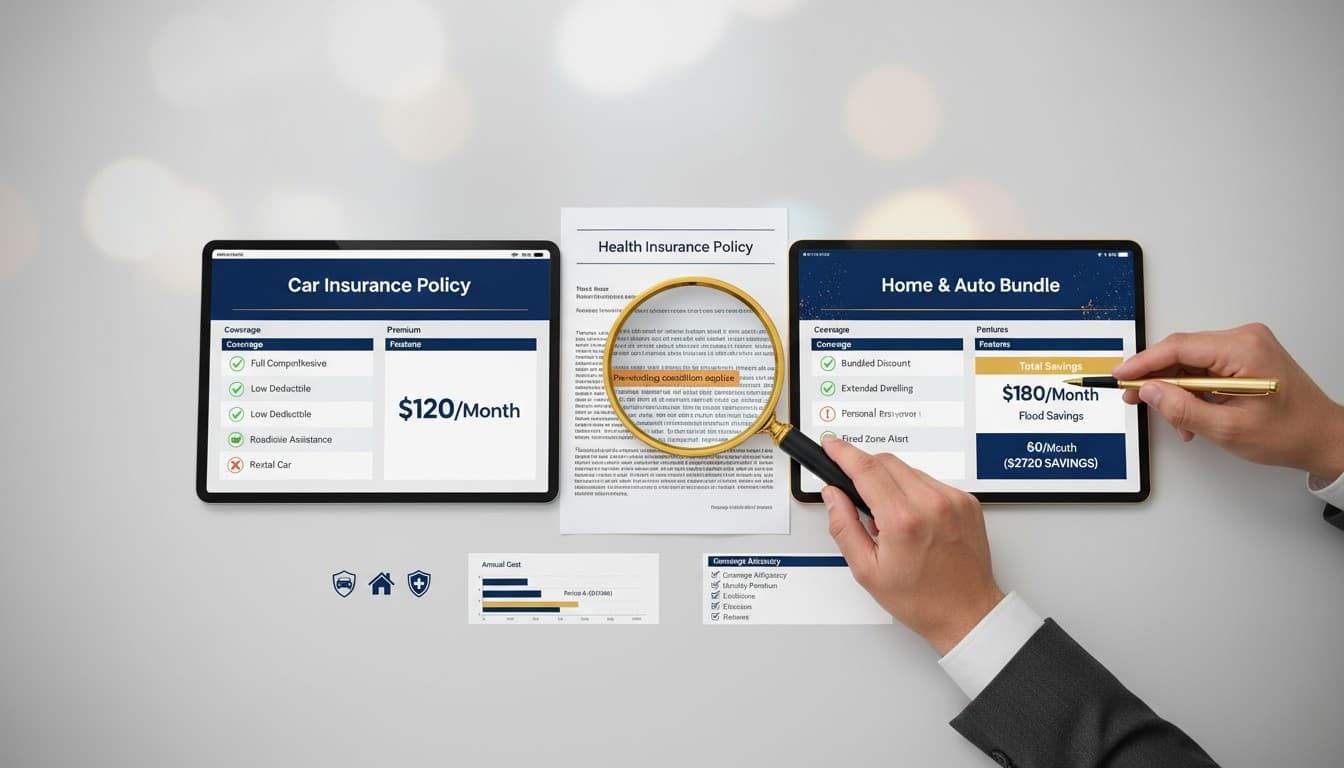Here's something nobody tells you when you're buying life insurance - that policy you sign up for today probably won't fit your life in five years. Or ten. Or twenty.
I learned this the hard way. When I bought my first life insurance policy in my late 20s, the agent asked if I wanted any "riders." I had no idea what that meant, said no to everything, and just wanted to get it done. Fast forward seven years - I'm married, have a mortgage, and my basic policy feels way too... basic.
Life insurance isn't a "set it and forget it" thing, even though most people treat it that way. Your life changes constantly - new job, new family members, health issues, financial goals shifting. Your insurance should change with it.
The good news? Modern life insurance is actually pretty flexible. You can customize it with add-ons called riders that adapt as your needs evolve. You just need to know how to do it right.
Let me walk you through six practical steps to make your life insurance actually fit your life - not just exist as a bill you pay every month.
Step 1: Understand What Riders Actually Do (And Why You Should Care)
A rider is basically an upgrade to your base life insurance policy. Think of your policy like a smartphone - it works fine out of the box, but you can add features that make it way more useful for your specific situation.
The key is that riders extend your coverage without requiring you to buy a whole new policy or go through another round of medical exams and applications.
Here are the most common riders that actually matter:
Waiver of Premium Rider - If you become disabled and can't work, this pauses your insurance payments while keeping your coverage active. You're not paying premiums, but your family stays protected.
Guaranteed Insurability Rider - Lets you increase your coverage later without a new medical exam. This is huge if you develop health issues or your needs grow but you don't want to risk being denied more coverage.
Accidental Death Benefit Rider - Adds an extra payout (usually double) if your death results from an accident. Controversial among experts because accidents are rare compared to other causes, but some people find it reassuring.
Critical Illness Rider - Gives you access to part of your death benefit while you're still alive if you're diagnosed with something serious like cancer, heart attack, or stroke. You can use that money for treatment, bills, or whatever you need.
Terminal Illness Rider - Similar to critical illness, but specifically for terminal diagnoses. Lets you access benefits early to cover end-of-life expenses or make memories with family.
Luis from San Jose knows exactly how valuable that critical illness rider can be. At 38, he was diagnosed with cancer - two young kids, mortgage, the works. His critical illness rider let him access $100,000 of his policy immediately. That money covered treatment costs and kept his family afloat while he couldn't work. Without it, they would've drained their savings and probably lost the house.
Here's what most people get wrong - they either skip all riders to save money, or they add every rider offered because it sounds good. Both approaches miss the point.
Choose riders that protect against your actual risks - your income, your health vulnerabilities, your family's security. Not just whatever sounds impressive in the brochure.
Step 2: Match Your Policy to Where You Actually Are in Life
Your insurance needs at 25 are completely different from your needs at 45 or 65. Yet most people buy a policy once and never adjust it, even as their entire life transforms around them.
In your 20s and 30s - Building Phase:
You probably don't have a ton of money, but you need protection as you start building a life. Focus on affordable term insurance with flexibility built in.
The Guaranteed Insurability Rider is your best friend here. It lets you increase coverage later as your income and responsibilities grow, without proving you're still healthy.
Samantha's story is perfect for this. She bought a $250,000 term policy at 29 - enough to cover her student loans and give her parents something if the worst happened. Five years later, she's married, bought a house, and has a baby on the way. Her needs tripled, but so did her risk profile (she'd developed high blood pressure).
Because she had that guaranteed insurability rider, she added $200,000 more coverage without any medical exams or health questions. Just filled out a form, paid the higher premium, done. If she'd waited and tried to buy new coverage, she might've been denied or charged way more due to her blood pressure.
In your 40s and 50s - Protection Phase:
Peak earning years, probably supporting kids, maybe aging parents too. This is when you can't afford to have your insurance lapse because you got sick or injured and couldn't work.
The Waiver of Premium Rider becomes critical. If something happens and you can't work, your policy stays active without you paying anything. Your family stays protected even though money's tight.
David from Oakland found this out when he injured his back on the job. He's a contractor - no work means no income. Six months of recovery, and he couldn't make his insurance payments. But his waiver rider kicked in automatically. His $500,000 policy stayed fully active, protecting his wife and three kids, while he paid exactly zero dollars in premiums during recovery.
Without that rider, he would've had to choose between medical bills and keeping his insurance active. Most people in that situation let the policy lapse, leaving their family unprotected right when they need it most.
In your 60s and beyond - Legacy Phase:
Your kids are grown, mortgage is paid off, but you're thinking about aging, medical costs, and leaving something behind. Critical illness, chronic illness, and long-term care riders become more relevant.
These "living benefits" riders let you access your policy money while you're alive to pay for medical care, in-home help, or nursing facilities. It's insurance that helps you live, not just your beneficiaries after you die.
The pattern to notice: Your insurance should shift focus as your life does - from affordability to family protection to healthcare and legacy.
Set a calendar reminder to review your policy every 5-7 years, and always after major life changes - marriage, divorce, buying a house, having kids, job changes, health diagnoses. That's when your coverage needs shift most.
Step 3: Use Online Tools to Actually See What You're Paying For
This is where insurance has gotten way better in the last few years. You don't have to just trust an agent telling you what's best. You can actually see for yourself using digital tools.
A lot of insurance companies and comparison sites now have interactive tools where you can play with different riders and see exactly how they affect your premium and coverage. It's like a simulator for your insurance.
What you can do with these tools:
- Compare rider options from multiple insurers side-by-side
- See exactly how much each add-on costs per month
- Run "what if" scenarios - what if I get disabled? What if I'm diagnosed with cancer? What happens to my family?
- Test different coverage amounts to find the sweet spot between protection and affordability
Sarah used one of these tools when considering a chronic illness rider. She was 52, family history of heart disease, and worried about getting sick before retirement.
The tool showed her that adding the chronic illness rider would cost $12 more per month - $144 a year. In exchange, if she was diagnosed with something qualifying, she could access up to $150,000 of her death benefit while alive.
She could see the exact math: spend $1,440 over ten years for potential access to $150,000 if she needs it. The visual comparison made the decision obvious. She added it.
Pro tip: Don't just look at premium quotes. Use these tools to visualize actual scenarios. Plug in your real age, health, family situation. See what happens in the simulator if you lose your job, get sick, have another kid. That's how you find out what riders you actually need versus what's just nice to have.
Step 4: Don't Make These Expensive Mistakes
Even with all this flexibility, people still mess up their life insurance customization in predictable ways. Here are the ones I see most often:
Mistake #1: Adding overlapping riders
Don't pay twice for the same protection. If you have good disability insurance through work, you might not need a waiver of premium rider. If your health insurance includes critical illness coverage, adding it to life insurance too might be overkill.
Check what you already have before adding riders that duplicate coverage.
Mistake #2: Ignoring the cost accumulation
Each rider sounds cheap - $5 here, $10 there. But add four or five riders and suddenly your $50 monthly premium is $85. Sometimes that's worth it. Sometimes you're just padding the insurance company's profits.
Be selective. Pick the two or three riders that protect your biggest risks. Skip the rest.
Mistake #3: Never updating after life changes
You get married - did you add your spouse as a beneficiary and increase coverage? You have a baby - did you bump up your death benefit? You pay off your house - can you reduce coverage and save money?
Life changes, policy stays the same, and you're either over-insured (wasting money) or under-insured (risking your family).
The fix: Set a yearly reminder to spend 15 minutes reviewing your policy. Most insurers have online dashboards now where you can see everything. Or use policy management tools like Policygenius or LifeSite to keep all your insurance info organized and remind you to review.
Step 5: Talk to an Expert Before Making Big Decisions
Online tools are amazing, but they can't replace a real conversation with someone who knows insurance inside and out. A licensed advisor can spot gaps or inefficiencies you'd never notice on your own.
Priya and Alex from Los Angeles thought they were being smart by adding a child rider to their policies. It would cover their daughter's future insurability and seemed like good parenting.
Their insurance advisor looked at their overall situation and made a different suggestion - instead of adding child riders ($30/month combined), increase their own coverage by another $100,000 each. Cost the same, but gave way more protection to the family if something happened to either parent.
The child rider sounded good emotionally (protect the kid!), but the advisor showed them the math - their daughter was healthy, young, and would likely qualify for great insurance on her own later. But if either parent died, the family needed more money now, not a small policy for the kid.
They took his advice, saved $180 a year, and got better protection. That's what good advisors do - they optimize for your real situation, not what sounds good.
When you should definitely consult an expert:
- You're supporting multiple dependents with complex needs
- You have health issues and need to strategize around them
- You're combining life insurance with investment or retirement planning
- Your financial situation is complicated (business owner, high net worth, estate planning needs)
For simple situations, online tools are fine. For anything complex, pay for an hour with a fee-only advisor. It's worth it.
Step 6: Build a Policy That Actually Grows With You
The best life insurance isn't static. It moves through life with you, adapting as your needs shift from protection to legacy to living benefits.
Think of it like this - your policy in your 30s should look different from your policy in your 50s, which should look different from your policy in your 70s. Same base policy maybe, but the riders and coverage amounts should evolve.
Here's what that looks like in practice:
- Age 30: Term policy, guaranteed insurability rider, focused on affordability
- Age 40: Increased coverage, added waiver of premium, maybe accidental death benefit
- Age 50: Added critical illness rider, considering conversion to permanent if it makes sense
- Age 60+: Emphasis on living benefits - chronic illness, long-term care riders
It's not complicated, but it does require checking in regularly and making adjustments.
Your Action Plan
Take 10 minutes this week to pull up your current life insurance policy. If you don't have it handy, log into your insurer's website or call and ask them to email it to you.
Look at:
- What's your current coverage amount?
- What riders do you have (if any)?
- When did you last review or update it?
- Has your life changed significantly since you bought it?
If you don't have life insurance yet, use one of those online comparison tools to get quotes and see what riders are available. Most are free and take 5-10 minutes.
Life insurance isn't exciting. I get it. But spending a little time making sure yours actually fits your life - that's peace of mind you can't buy anywhere else. And it's way less stressful than worrying whether your family would be okay if something happened to you.
Your coverage should work as hard for your family as you do. Make sure it does.











